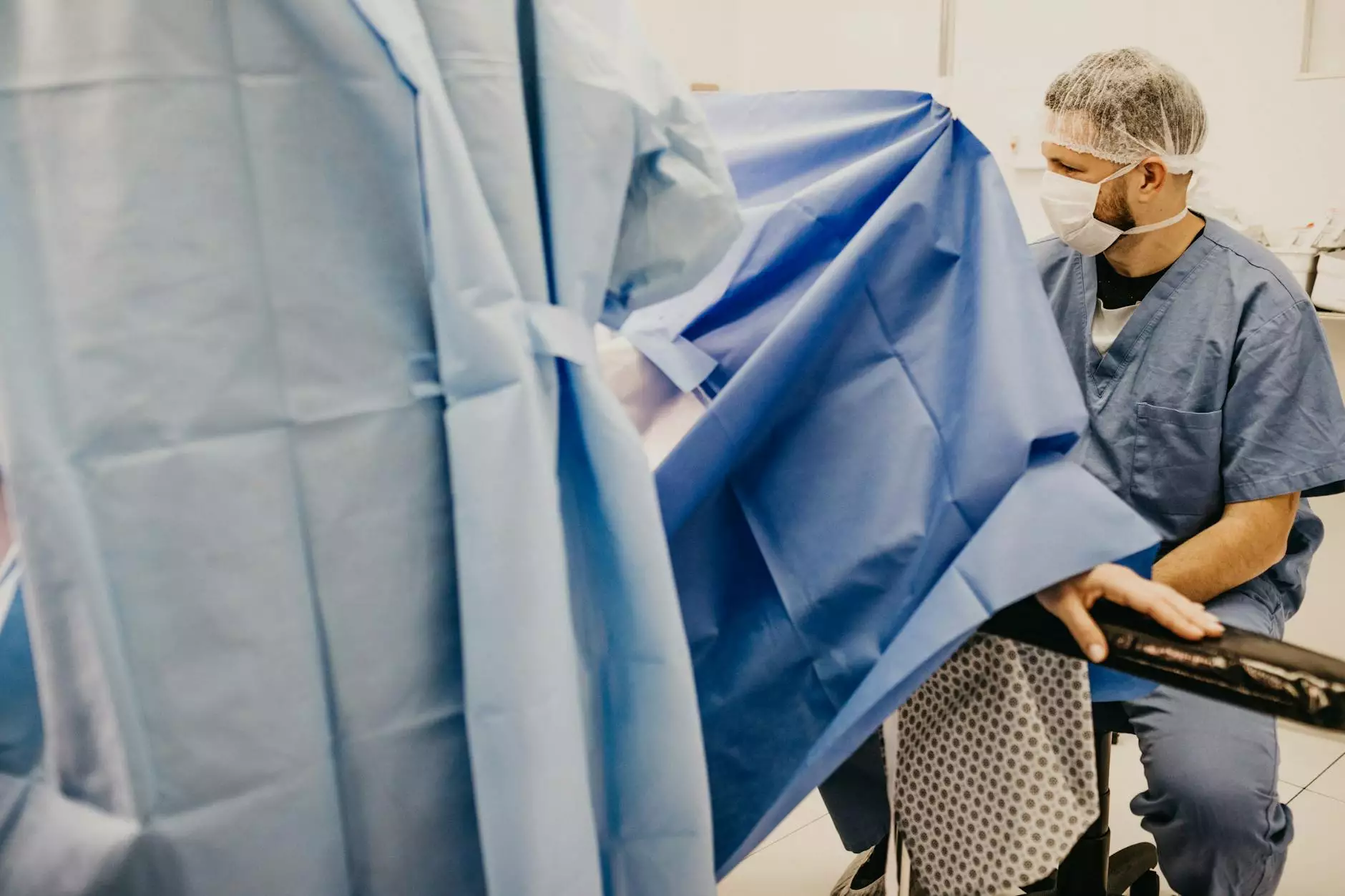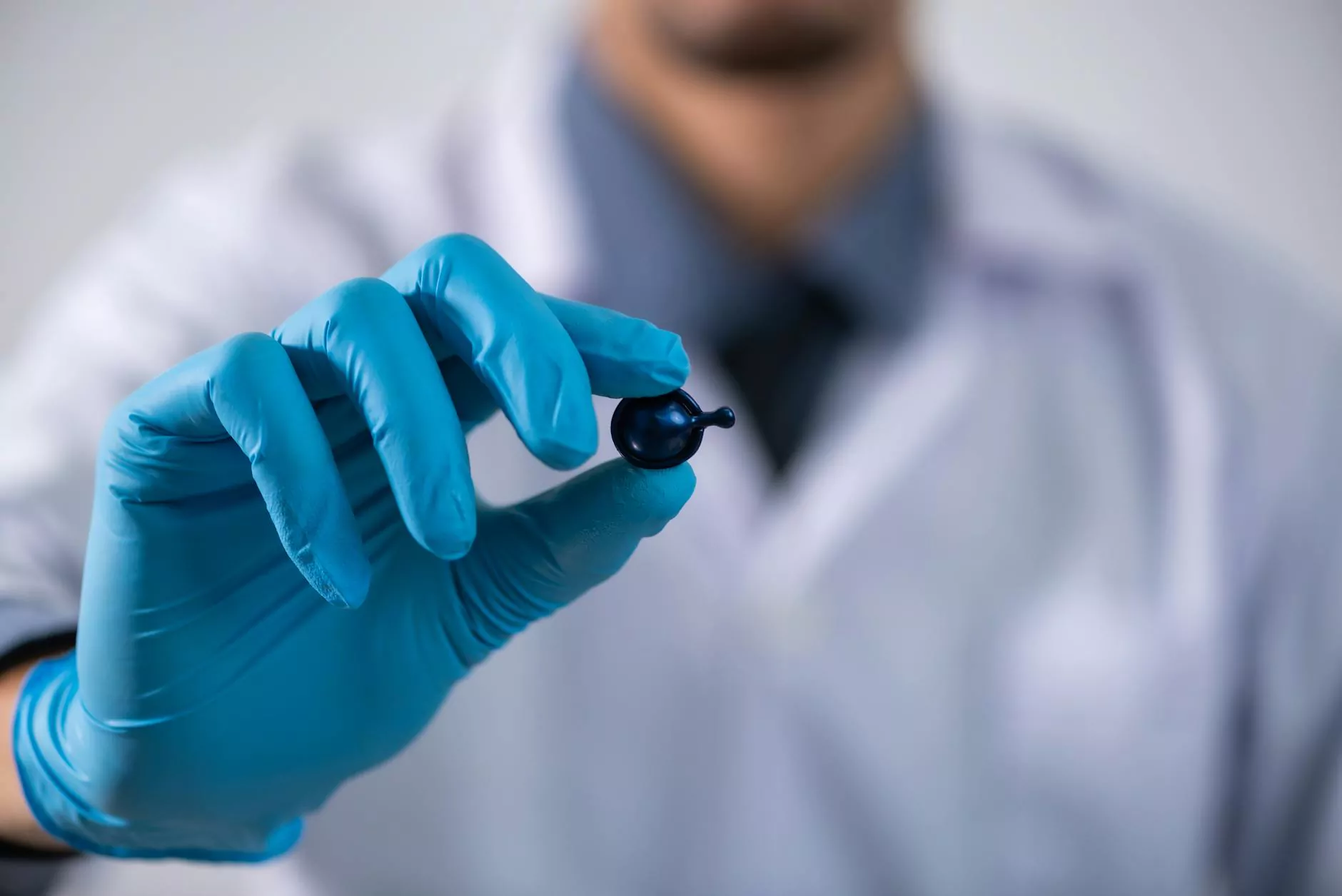Laparoscopic Right Salpingo Oophorectomy: A Comprehensive Insight

The term laparoscopic right salpingo oophorectomy may seem daunting at first glance, especially for patients seeking to understand their options regarding reproductive health. This minimally invasive surgical procedure is crucial for women facing various gynecological issues, and it offers a pathway towards better health and well-being.
Understanding Laparoscopic Right Salpingo Oophorectomy
The term “laparoscopic right salpingo oophorectomy” refers specifically to the surgical removal of the right fallopian tube and ovary using laparoscopic techniques. This method employs small incisions and specialized instruments, allowing for reduced recovery time and minimal scarring compared to traditional open surgery.
What is Laparoscopy?
Laparoscopy is a surgical technique that involves the use of a laparoscope — a thin, lighted tube equipped with a camera. This tool allows surgeons to view the internal organs on a monitor, enabling them to perform precise operations through small incisions. The benefits of laparoscopy include:
- Reduced Pain: Patients typically experience less postoperative pain.
- Shorter Recovery Time: Most patients are back to normal activities much sooner.
- Minimal Scarring: Smaller incisions result in less noticeable scars.
- Less Blood Loss: Laparoscopic surgeries usually lead to less bleeding during the procedure.
Indications for the Procedure
A laparoscopic right salpingo oophorectomy may be recommended for several medical conditions, including:
- Ovarian Cysts: Abnormal fluid-filled sacs that can cause pain and discomfort.
- Ovarian Tumors: Benign or malignant growths necessitating removal.
- Ectopic Pregnancies: A pregnancy that occurs outside the uterus, typically in a fallopian tube, requiring surgical intervention.
- Pelvic Inflammatory Disease (PID): An infection that can affect the reproductive organs, sometimes requiring removal of the infected structures.
- Endometriosis: A painful condition where tissue similar to the lining inside the uterus grows outside the uterus.
The Laparoscopic Right Salpingo Oophorectomy Procedure
Before undergoing the laparoscopic right salpingo oophorectomy, a comprehensive evaluation by a skilled gynecological surgeon is essential. The procedure typically follows these steps:
1. Preparation
The patient is usually instructed not to eat or drink anything for several hours before surgery. Preoperative tests, such as blood tests or imaging studies, may be conducted to assess the patient's health.
2. Anesthesia
Patients are administered general anesthesia to ensure complete comfort during the procedure.
3. Creating Incisions
Surgeons make several small incisions in the abdomen, typically around the navel and lower abdomen. Co2 gas is introduced to inflate the abdominal cavity, providing better visibility.
4. Inserting the Laparoscope
A laparoscope is inserted through one of the incisions, allowing the surgeon to visualize the pelvic organs on a monitor.
5. Removal of the Ovary and Fallopian Tube
Using specialized instruments, the surgeon carefully detaches the right ovary and fallopian tube from surrounding tissues and removes them through one of the incisions.
6. Closing the Incisions
Once the surgery is complete, the instruments are removed, and the incisions are closed with sutures or surgical glue.
Benefits of Laparoscopic Surgery
There are numerous advantages associated with laparoscopic surgery, particularly when it comes to the laparoscopic right salpingo oophorectomy:
- Faster Recovery: Patients often return to their usual activities within a week or two.
- Less Postoperative Pain: Many patients report significantly reduced pain levels compared to traditional open surgery.
- Shorter Hospital Stay: Many laparoscopic procedures can be performed on an outpatient basis.
- Lower Risk of Infection: The smaller incisions reduce the risk of surgical site infections.
Postoperative Care and Recovery
Recovering from a laparoscopic right salpingo oophorectomy involves several key aspects to ensure optimal healing:
1. Pain Management
Though laparoscopic surgery typically results in less pain, some discomfort may still be expected. Pain relief medications will be prescribed as needed.
2. Activity Limitations
Patients are generally advised to avoid heavy lifting and strenuous activities for a few weeks following surgery.
3. Follow-Up Appointments
Regular follow-up appointments are essential for monitoring recovery and ensuring no complications arise. Patients should communicate any unusual symptoms, such as excessive pain, fever, or unusual discharge.
Potential Risks and Complications
While laparoscopic surgery is generally safe, like all surgical procedures, it carries some risks:
- Infection: Although rare, there is a possibility of infection at the incision sites.
- Bleeding: Excessive bleeding can occur, necessitating further intervention.
- Injury to Surrounding Organs: Rarely, adjacent organs may be damaged during surgery.
- Anesthesia Risks: As with any procedure requiring anesthesia, there are associated risks.
Why Choose Dr. Seckin for Your Procedure?
When considering a laparoscopic right salpingo oophorectomy, choosing the right surgeon is crucial for ensuring successful outcomes. Dr. Seckin and his team provide an exemplary level of care in the fields of Health & Medical, Doctors, and Obstetricians & Gynecologists. Here’s why patients prefer Dr. Seckin:
- Expertise: Dr. Seckin has extensive training and experience in laparoscopic procedures.
- Patient-Centric Approach: Patient health and comfort are prioritized at every stage of the process.
- State-of-the-Art Facility: The clinic is equipped with the latest medical technology for optimal surgical outcomes.
- Comprehensive Care: Patients receive thorough preoperative evaluations and postoperative follow-ups.
Conclusion
The laparoscopic right salpingo oophorectomy is a pivotal procedure for women experiencing gynecological challenges. With its minimally invasive nature and numerous benefits, including faster recovery and reduced pain, it signifies a significant advancement in women’s health. By choosing a qualified expert like Dr. Seckin, patients can ensure they receive the best care possible, tailored to their individual needs.
For more information about the procedure and to schedule a consultation, please visit drseckin.com.









